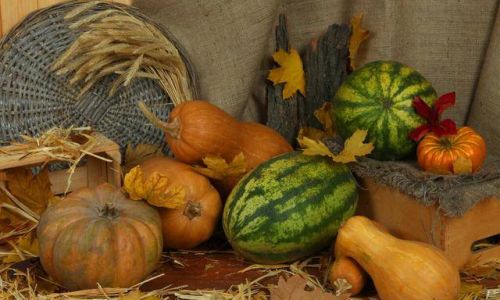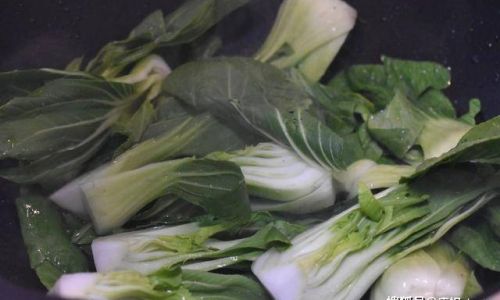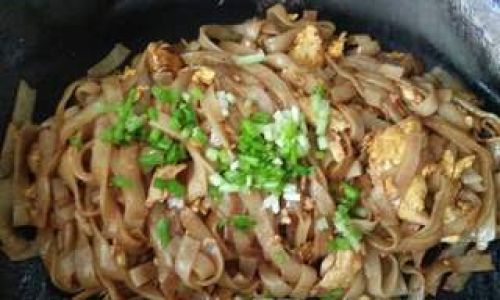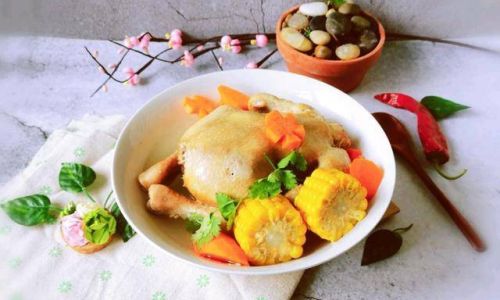Introduction
Freezing green vegetables is a practical method to extend their shelf life and ensure you have access to nutritious, fresh-tasting produce throughout the year. Whether you’ve harvested an abundance from your garden, bought too many at the farmer’s market, or simply want to stock up for future meals, freezing green vegetables can be a straightforward process if done correctly. This guide will walk you through the steps to effectively freeze and preserve green vegetables, ensuring they retain their color, texture, and flavor when thawed and cooked.
Understanding the Basics of Freezing Vegetables
Before diving into the specifics of freezing green vegetables, it’s essential to understand the basic principles behind the process. Freezing preserves food by slowing down the growth of microorganisms and enzymes that cause spoilage. However, improper freezing techniques can lead to the formation of ice crystals, which can damage the vegetable cells, resulting in a mushy texture and loss of flavor upon thawing.
To avoid these pitfalls, follow these key principles:
- Quality Control: Start with fresh, high-quality vegetables. Avoid those that are wilted, bruised, or past their prime.
- Blanching: Blanching is a crucial step that involves immersing vegetables in boiling water for a short period and then plunging them into ice water to stop the cooking process. This helps to destroy enzymes that can cause spoilage, brighten colors, and soften the vegetables, making them easier to pack and reducing the formation of ice crystals.
- Quick Freezing: The faster the vegetables are frozen, the smaller the ice crystals will be, preserving the texture and quality. Using a home freezer set to its lowest temperature or a commercial quick freezer is ideal.
- Proper Packaging: Use airtight, freezer-safe containers or heavy-duty freezer bags to prevent freezer burn and maintain freshness. Remove as much air as possible from the packaging to minimize oxidation.
Step-by-Step Guide to Freezing Green Vegetables
Now, let’s break down the process into detailed steps, focusing on common green vegetables such as spinach, broccoli, peas, and green beans.
Preparation and Cleaning
- Spinach: Remove any stems and yellow or wilted leaves. Rinse thoroughly under cold running water and pat dry using paper towels or a clean kitchen towel.
- Broccoli: Cut the broccoli into small florets. Peel and slice the stems if they are tender. Rinse under cold water and pat dry.
- Peas: Shell fresh peas from their pods if using fresh ones. If using frozen peas, skip to the blanching step.
- Green Beans: Trim the ends of the beans. Rinse under cold water and pat dry.
Blanching
Blanching times vary depending on the type of vegetable:

- Spinach: Blanch for about 1 minute.
- Broccoli: Blanch for 3-4 minutes.
- Peas: Blanch for 2-3 minutes.
- Green Beans: Blanch for 3 minutes.
To blanch:
- Fill a large pot with water and bring it to a rolling boil.
- Prepare an ice water bath in a large bowl or sink.
- Add a small batch of vegetables to the boiling water, ensuring they are not overcrowded.
- Start timing once the vegetables are fully submerged.
- Once the blanching time is up, quickly remove the vegetables using a slotted spoon or strainer and plunge them into the ice water bath to stop the cooking process.
- Let the vegetables sit in the ice water for the same amount of time they were blanched, or until completely cooled.
- Drain the vegetables well and pat them dry with paper towels to remove excess water.
Packaging
There are several methods for packaging frozen vegetables:

- Freezer Bags: Place the blanched and dried vegetables in heavy-duty freezer bags. Press out as much air as possible before sealing. Label the bags with the date and contents.
- Freezer Containers: Use airtight, freezer-safe containers. Fill them with the vegetables, leaving some headspace to allow for expansion during freezing. Seal the containers tightly and label them.
- Vacuum Sealing: For the best preservation, use a vacuum sealer to remove all air from the packaging before freezing. This minimizes the risk of freezer burn and extends the shelf life.
Freezing
- Arrange the packaged vegetables in a single layer on the freezer shelves to ensure quick freezing.
- Avoid stacking packages until they are fully frozen to prevent the formation of large ice crystals.
- Once frozen solid, you can rearrange the packages to maximize freezer space.
Storage and Shelf Life
- Properly frozen green vegetables can be stored in the freezer for up to 12 months, though the best quality is usually maintained for 8-10 months.
- Always label your packages with the date to keep track of how long they’ve been frozen.
- Use a first-in, first-out system to ensure you consume the oldest packages first.
Thawing and Using Frozen Green Vegetables
When you’re ready to use your frozen green vegetables, there are several thawing methods:
- Refrigerator Thawing: Place the package in the refrigerator overnight. This is the slowest but safest method, preventing the growth of bacteria.
- Cold Water Thawing: Submerge the sealed package in a bowl of cold water, changing the water every 30 minutes until the vegetables are thawed. Do not use hot water, as this can cause partial cooking.
- Microwave Thawing: For small quantities, you can thaw vegetables in the microwave on a low setting, stirring occasionally to prevent hot spots. Be cautious of overcooking.
Once thawed, you can cook the vegetables immediately or store them in the refrigerator for up to 24 hours before use. Remember that thawed vegetables should not be refrozen.

Tips for Optimal Freezing Results
- Batch Processing: Freezing vegetables in smaller, manageable portions can make it easier to use just what you need without thawing an entire batch.
- Avoid Overcrowding: When blanching, ensure the pot is not overcrowded, as this can reduce the water temperature and affect blanching effectiveness.
- Dry Thoroughly: Excess moisture can lead to freezer burn, so make sure vegetables are thoroughly dried after blanching.
- Use Freezer Paper: For an extra layer of protection, you can wrap vegetables in freezer paper before placing them in bags or containers.
Conclusion
Freezing green vegetables is a simple yet effective way to preserve their freshness and nutritional value for later use. By following the steps outlined in this guide—from careful preparation and blanching to proper packaging and storage—you can ensure that your frozen vegetables retain their vibrant color, crisp texture, and delicious flavor. With the right techniques, you’ll have a ready supply of high-quality, nutritious greens at your fingertips, no matter the season. Happy freezing!





0 comments